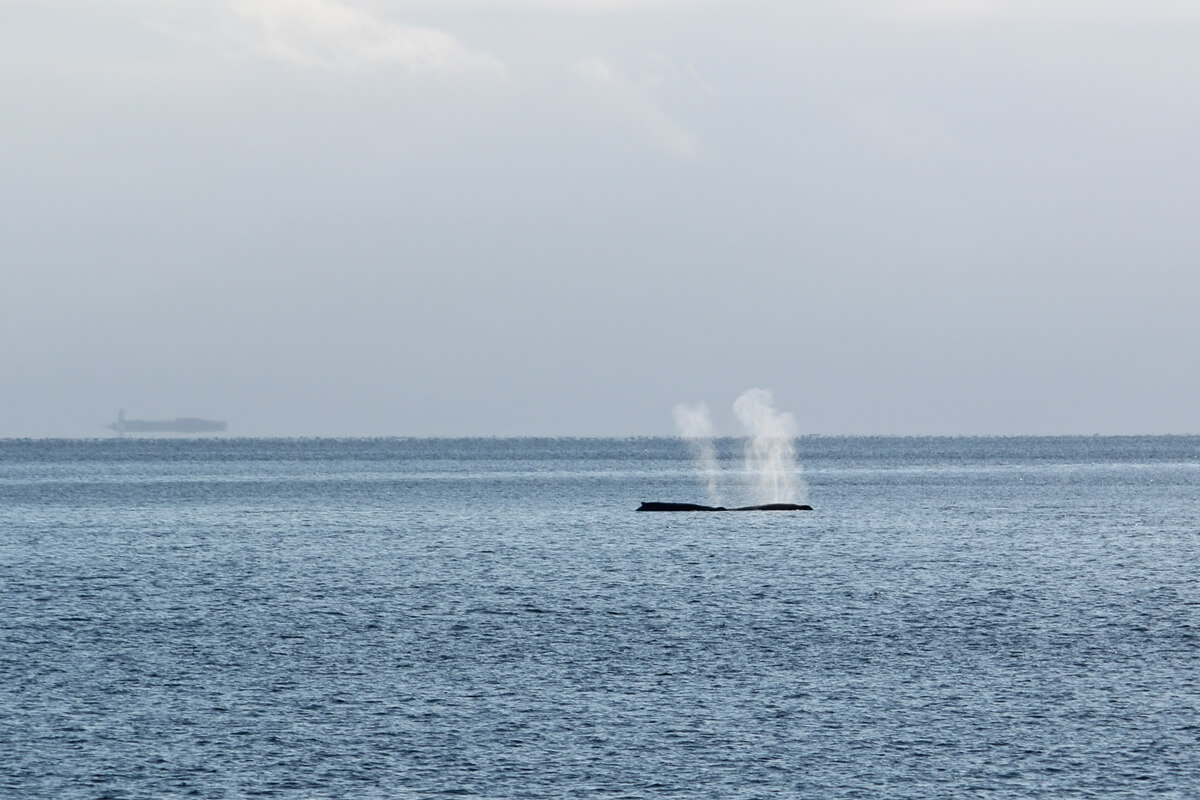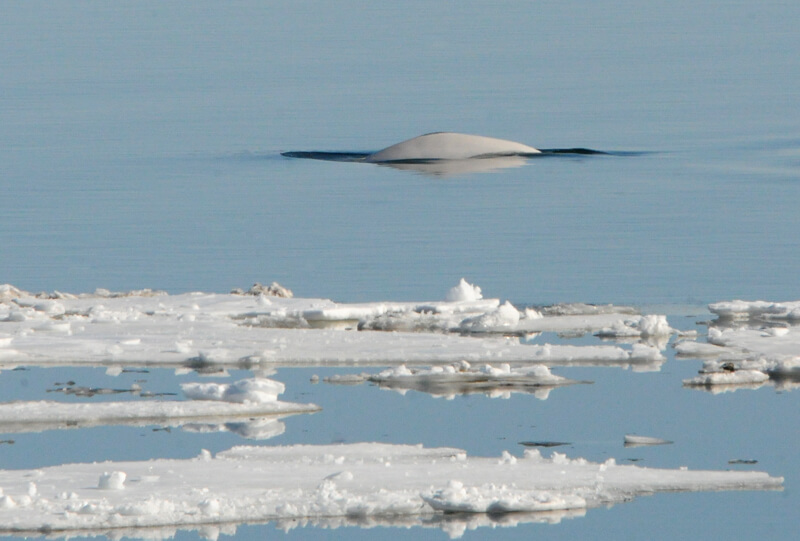In early January, GREMM (Group for Research and Education on Marine Mammals) received numerous calls from observers claiming to have seen seals, belugas and even several whales.
However, this bounty of sightings has been the subject of many questions from Whales Online subscribers, who wonder whether such numbers are normal. Some readers were enthusiastic about an extended observation season, but others were more concerned, interpreting it as an impact of climate change.
Is the presence of whales this winter really exceptional? Should we be excited or worried?
According to GREMM’s scientific director Robert Michaud, it cannot be said with certainty that marine mammals are more plentiful this winter than in years past, since i) they are not the subject of a systematic census, and ii) there is a lack of reliable data on their winter distributions. For its weekly observations column, Whales Online currently depends on its numerous trusty observers to report their marine mammal sightings. Thus, this exceptional abundance could be partially attributed to the growing interest and fervour of whale enthusiasts or to the exceptional visibility during the holiday season.
The St. Lawrence is never completely deserted by cetaceans in winter. On the contrary, over the years we have identified the presence of several individuals of different species: some that are slow to migrate, some that return increasingly early and others that simply never leave at all. The beluga, which is a year-round resident of the St. Lawrence, migrates only slightly eastward or farther offshore. With its white body blending in with ice, it can be difficult to observe, however, and we lack the technology needed for continuous offshore beluga monitoring.
The presence of Mysticeti or baleen whales is more difficult to quantify. Like a “snowbird,” the humpback usually leaves the cold to head south to the tropical waters of the US East Coast, the Dominican Republic or elsewhere in the Caribbean, where it will breed and calve. However, some individuals – either too young or too weak – are unable to complete this journey and can be seen in the St. Lawrence throughout the winter. Species such as fin, blue and minke whales linger as late as December and sometimes return as early as March, but prefer more temperate waters when ice is present.
A number of scientists believe that global warming could indeed prolong the period of intensive use of mysticetes, since it would accelerate the melting of ice cover. Ice can prevent whales from surfacing to breathe or otherwise restrict their movement and access to food. Thus, its absence would allow certain species to postpone their departure from the St. Lawrence, or even not to leave at all.
New research supports this theory. Using acoustic data (article in French with bilingual abstract), Yvan Simard and Nathalie Roy, researchers at DFO’s Maurice-Lamontagne Institute, were able to track the trajectory of blue whales and fin whales in the Saguenay-St. Lawrence Marine Park. They recorded the sounds made by these two species. Based on their results, a correlation can be made between the appearance of ice and the lack of communication between the two species. Toward mid-December, when the waters of the St. Lawrence begin to crystallize, we are no longer able to detect whale communication, which suggests that they have left this part of the Estuary.
We can enjoy the observations while at the same time wondering about the numerous questions they raise. And, if there is one thing to be concerned about, it is rather the lack of change in humans, who continue to view their relationship with the world from a perspective of development rather than cohabitation, and who continue to have an impact on ice cover through their activities.







